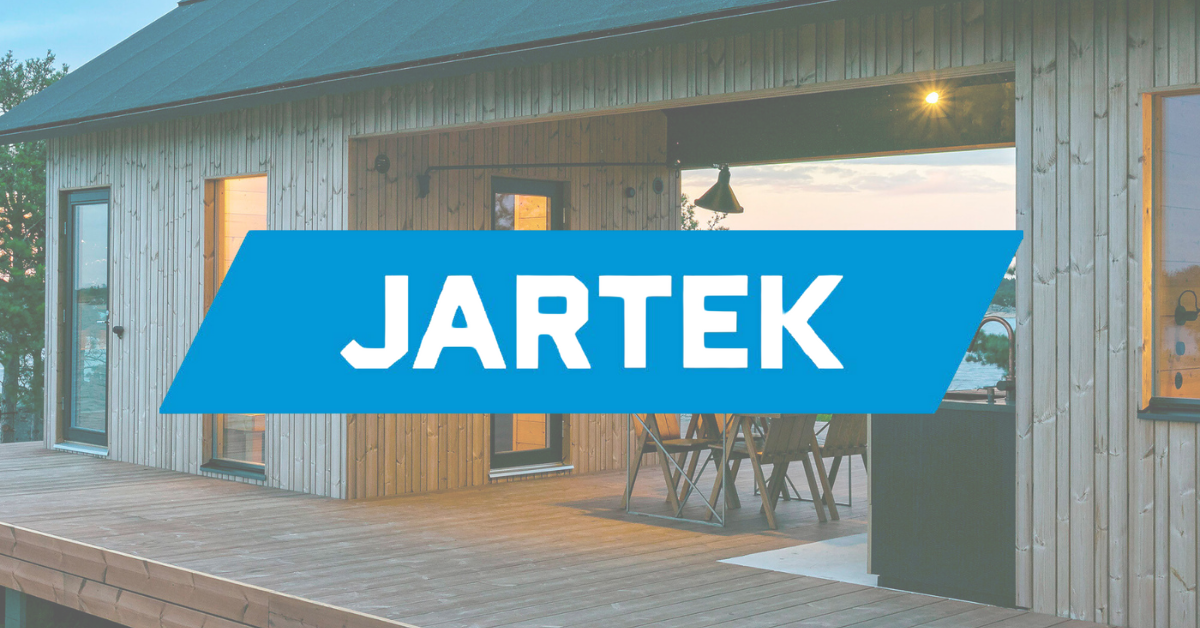WOOD TIE GRADING MINISERIES: WANE
Wood ties and timbers used on our nation’s railroad infrastructure support freight, passenger trains, and help us continue to thrive as a country. There are over 136,000 miles of track in North America to maintain. This requires a large effort, and annually, wood tie and timber producers bring 18-20 million ties to the marketplace. These ties and timbers are not simply “industrial” products, these are integral pieces of architecture, with strength and structural integrity at the forefront of the procurement process. Railway Tie Association is the membership group that represents those tie producing entities and end-users that run railroads on them, and more, and helps to keep wood tie markets strong and sustainable – and has been doing so since 1919. One of our annual tenants is providing education in our premiere event called the Tie Grading Seminar. This article is a representative snapshot highlight of that prestigious educational offering focusing on wane identification and allowances in wood ties and timbers.
Mainline railroad crossties today are generally 7”x9”x8’6” grade 5, predominantly oak and hickory, “sleepers” or pieces of wood utilized to hold up rail, anchor in ballast, and have locomotives and railcars roll over the top of them. When it comes to wood tie grading, defects can express themselves in various ways and in a myriad of capacities. Wane is easily identified as the lack of xylem, and if substantial in presence, can drastically reduce wood tie quality.
Wane observed in wood ties is lack of wood and is the product of sawing of a crosstie from too small of a log (in singular renderings or multiples, refer to previously published Heartwood Orientation). It is the outer portion of a tree. Wane present in wood ties can inhibit the tie plate from seating properly. If not seated properly, the tie plate can rock, and as it is the interface between the wood tie and rail, and loosen spikes and create gauge failure, potentially causing derailments. Allowances for wane, per tie grade and size, is presented in the below table:

Limitations for crosstie defects are delineated in the AREMA 30 standards and covered extensively at the RTA annual Tie Grading Seminar. Please visit rta.org for more information on wood ties and timbers, the Tie Grading Seminar, and other offerings RTA provides to our industry.
EASTERN US
LAKE STATES
Minnesota, Iowa, Wisconsin, Michigan, N Indiana, N Illinois: Everything is slow for hardwood markets. Pulpwood is dead. -30 degrees a couple weeks ago turned into 45 degrees and rain – road restrictions have already started in some areas.
ATLANTIC
West Virginia: a lot of mills are low on log inventory, some because of weather but mostly because of lumber markets.
Virginia: Flooring, Pallet, and Poplar not moving well. Weather has been mostly wet and cloudy making logging difficult. Some slowdowns and quotas are starting to be put in place on ties.
NEW ENGLAND
New England 1: With very poor and warm weather conditions throughout the area, most mills will not have enough logs to make it through to Spring breakup. Tie production has slowed more due to log availability. There has been some increase in demand for and pricing for #1C & #2C lumber, most mills do not have the log inventory to capitalize on this increased demand.
Pennsylvania: Some Pallet and Grade Lumber markets are seeing better pricing.
MIDSOUTH
E Texas, NW Louisiana: Pallet sales are continuing to be a struggle hopefully the economy will pick up. Logs has been good but it’s getting wet now.
SOUTHEAST
Mississippi: Crosstie demand remains strong. recent winter storms have hindered logging.
By Nate Irby, Railway Tie Association (RTA)
Share:
Related News & Blog

November 5, 2025

November 5, 2025
Questions?
Have questions or need any assistance regarding the NHLA Annual Convention & Exhibit Showcase?
